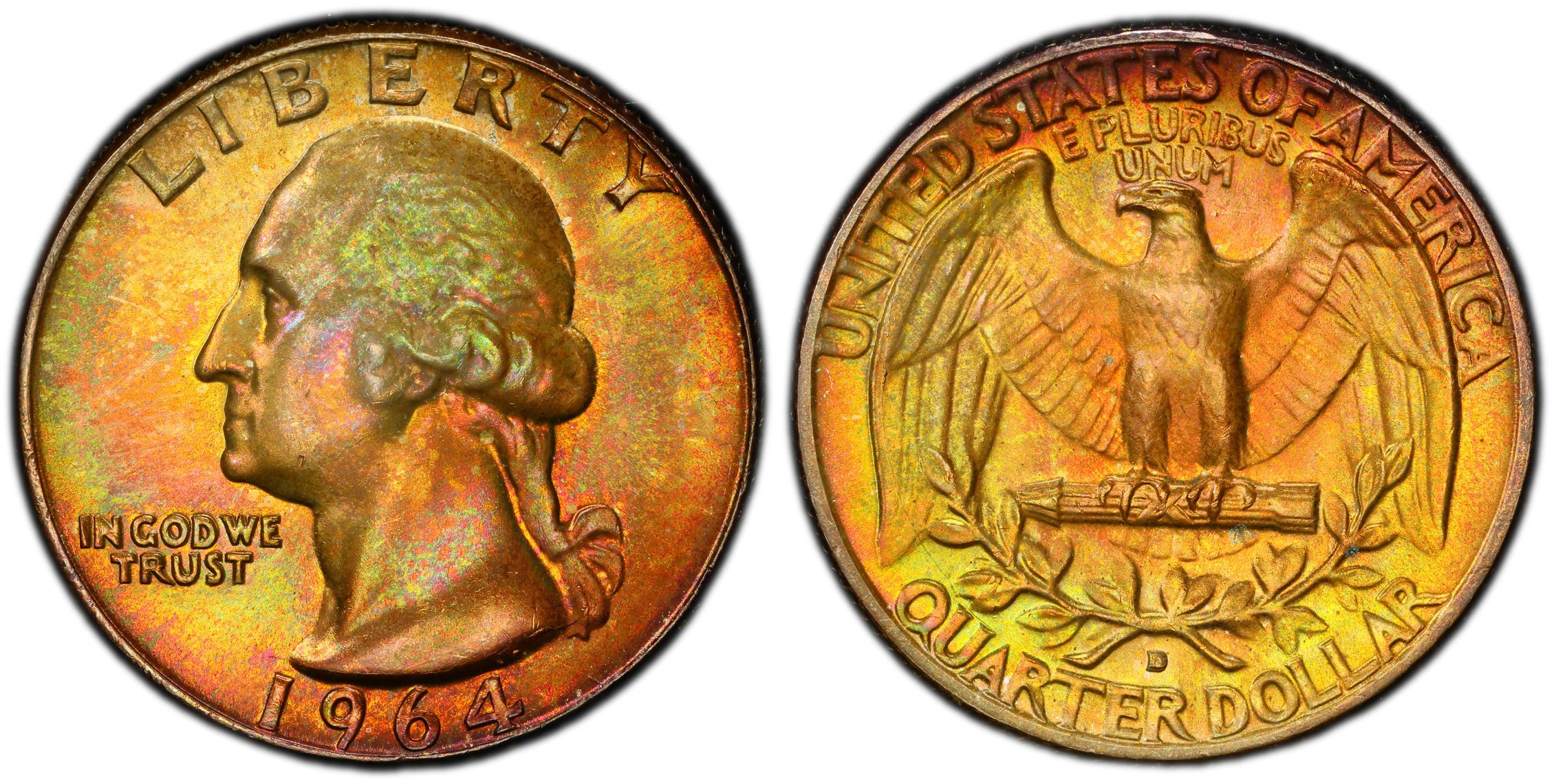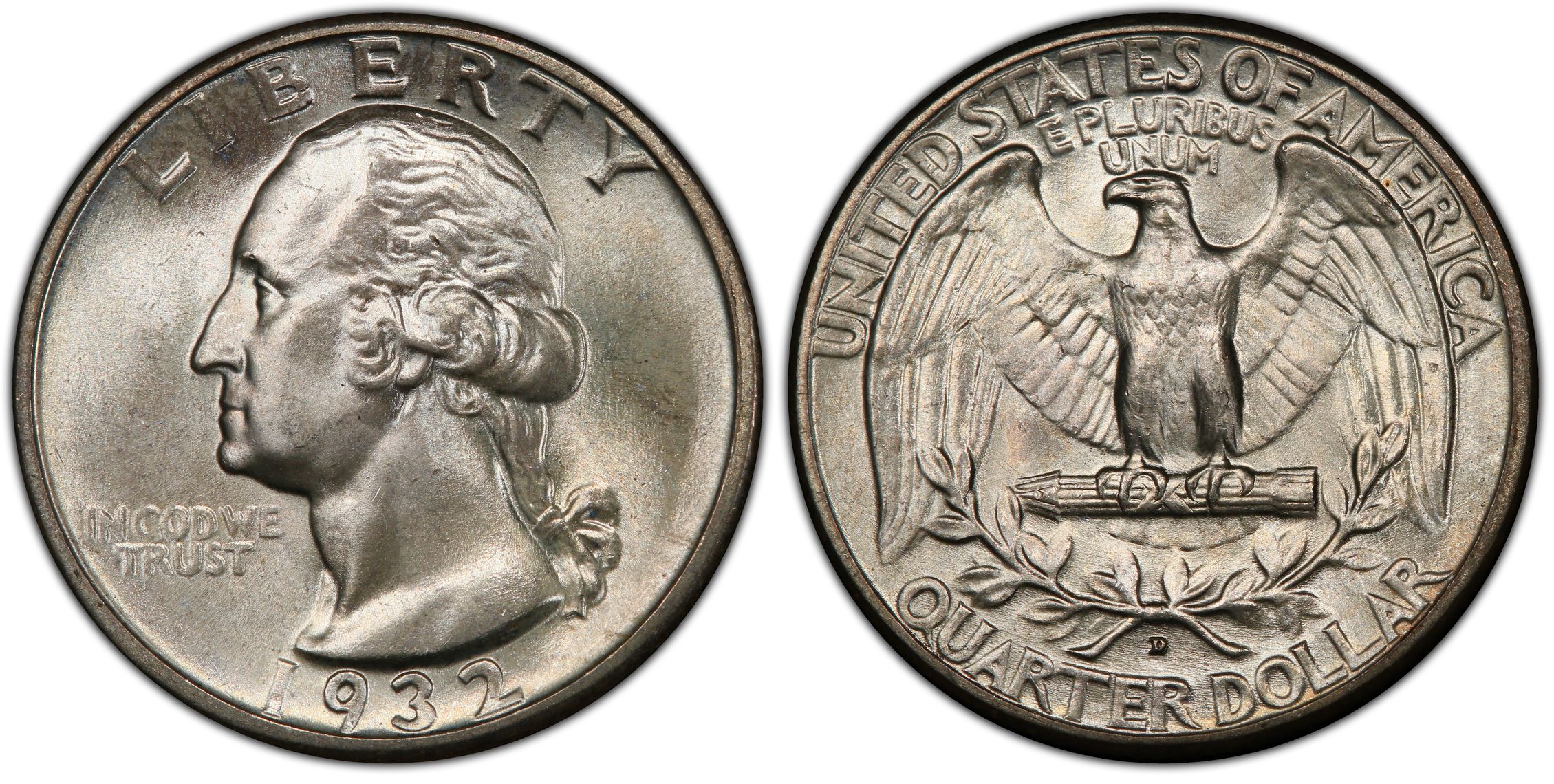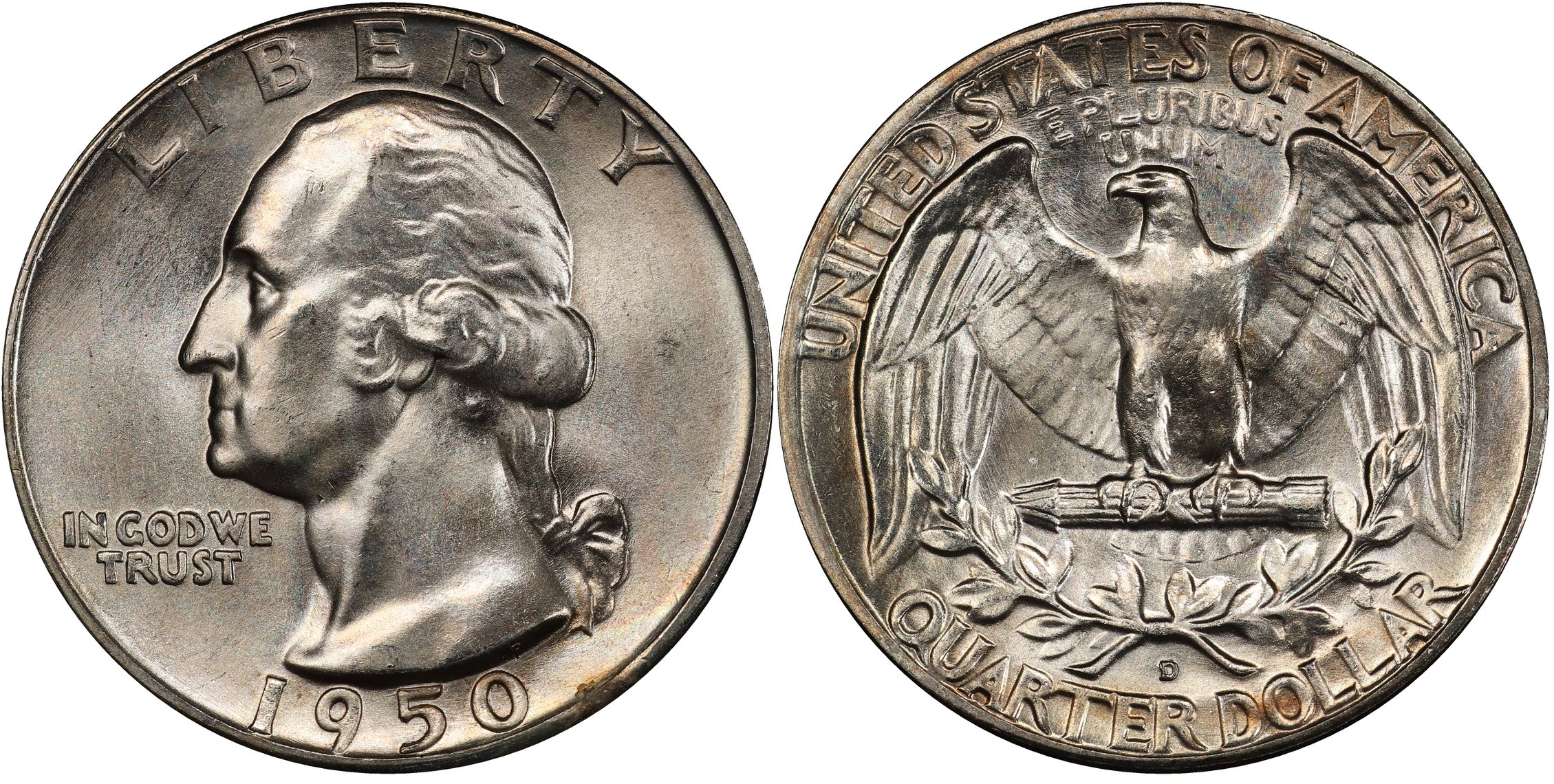Discover the Most Valuable Rare Quarters
Welcome to the ultimate guide for rare quarters collectors! The Washington quarter series, spanning from 1932 to the present, contains some of the most valuable and sought-after coins in American numismatics. Whether you're a seasoned collector or just discovering the exciting world of rare quarters, understanding which dates and mint marks command premium prices is essential. Among coin collectors, rare quarters hold a special place alongside other valuable denominations, offering opportunities to find treasures worth thousands of dollars. This comprehensive guide presents the top 100 most valuable rare quarters, with prices ranging from thousands to over $143,000, helping you identify which coins deserve special attention in your collection or pocket change.

Top 100 Most Valuable Rare Quarters
| Rank | Name | Price |
|---|

Check Your Quarters' Value Instantly!
Wonder if your quarters are worth more than 25 cents? Download the CoinValueChecker app today and discover the true value of your coins! Our advanced image recognition technology instantly identifies rare quarters, error coins, and valuable varieties. Simply snap a photo and get professional-grade valuations in seconds. Join thousands of collectors who've already discovered hidden treasures in their collections!
Washington Quarter History and Series Evolution
1932-1964: Silver Washington Quarters
The Washington quarter debuted in 1932 to commemorate George Washington's 200th birthday. These early rare quarters were struck in 90% silver and 10% copper composition, weighing 6.25 grams. The 1932-D and 1932-S are legendary rarities due to low mintage during the Great Depression. Collectors prize these silver rare quarters for their precious metal content, historical significance, and the superior strike quality that characterizes pre-1965 coinage.
1965-1998: Clad Composition Era
In 1965, rising silver prices forced the U.S. Mint to change the quarter's composition to copper-nickel clad, eliminating silver from circulation coins. These rare quarters feature a pure copper core sandwiched between copper-nickel layers, weighing 5.67 grams. Despite lacking precious metal content, certain dates and mint state examples from this period command impressive premiums, particularly Special Mint Sets, proof coins with Deep Cameo finishes, and error varieties like doubled dies.
1976: Bicentennial Quarters
The 1976 Bicentennial quarter featured a special dual-date "1776-1976" and a colonial drummer reverse design to celebrate America's 200th anniversary. While billions were minted and most are common, certain rare quarters from this year are valuable, particularly the 1976-S proof coins, especially those with Deep Cameo designations. Silver-clad collector versions containing 40% silver also exist and command premiums over standard clad versions.
1977-1998: Return to Traditional Design
After the Bicentennial celebration, quarters returned to the classic eagle reverse design. This period produced numerous rare quarters, particularly in high mint state grades and special varieties. Notable rarities include the 1983-P with strong collector demand, various Deep Cameo proof coins from San Francisco, and error varieties such as doubled dies and overmintmarks. Professional grading became increasingly important during this era for establishing authentication and value.
1999-Present: State and Territory Programs
Beginning in 1999, the State Quarters Program revolutionized quarter collecting with 50 unique designs honoring each state. While this guide focuses on the classic Washington quarter design through 1998, the program's success demonstrated enduring interest in rare quarters. Later programs including District of Columbia and U.S. Territories, America the Beautiful, and American Women quarters continued the tradition, though the early Washington quarters remain the cornerstone for serious collectors seeking valuable rare quarters.

Frequently Asked Questions About Rare Quarters
Summary: Your Guide to Rare Quarters
The world of rare quarters offers exciting opportunities for collectors and treasure hunters alike. From the legendary 1932-D valued at nearly $150,000 to numerous other valuable dates throughout the Washington quarter series, understanding which rare quarters to seek is essential knowledge. This comprehensive guide highlights 100 key rare quarters spanning 1932-1990, showcasing how factors like mintage, condition, mint marks, and special varieties create extraordinary values. Whether you're examining inherited coins, searching pocket change, or building a serious collection, recognizing valuable rare quarters can lead to significant discoveries. Remember that professional grading, proper storage, and never cleaning coins are crucial to preserving the value of rare quarters. With knowledge, patience, and perhaps assistance from modern tools like the CoinValueChecker app, your next rare quarters find might be worth far more than face value.